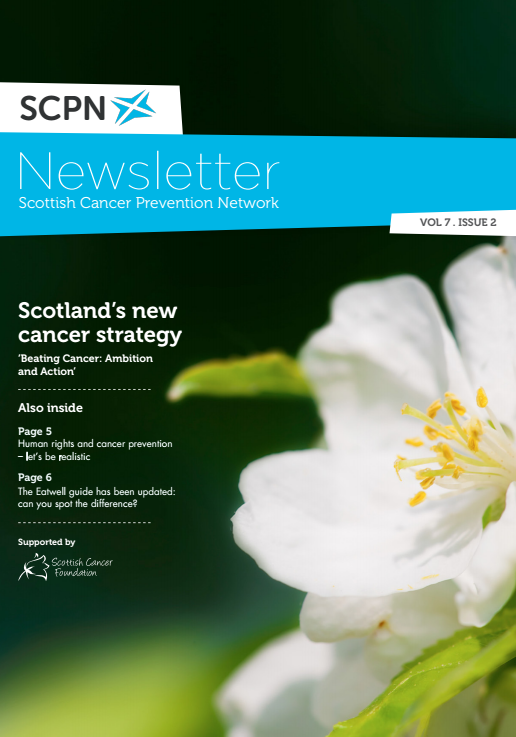
Menopausal hormone replacement therapy and breast cancer risk: is it just bad press?

16 May 16 |
Mrs E. Jane Macaskill, Consultant Breast Surgeon and Honorary Clinical Senior Lecturer, Department of Breast Surgery, Ninewells Hospital & Medical School, Dundee.
NICE have recently updated their guidance on diagnosis and management of menopause, sparking again the animated discussion regarding risks and benefits of hormone replacement therapy (HRT), and how these can be communicated to patients. [1, 2]
The guidelines state that the risk of developing breast cancer is higher in current users of combined HRT preparations, with increasing risk with longer durations of treatment, but reducing to the same risk as never-users after 405 years of stopping. [3, 4, 5]
There are, however, data from the Women’s Health Initiative randomised trial of combined HRT versus none, showing that there was still an increase in breast cancer risk at 12 years follow-up despite most women having stopped at least 4 years prior to this, and 42% of women having stopped treatment when the early trial results showed an excess of breast cancers in the HRT arm.
There are risks related to being diagnosed with breast cancer while taking HRT: not only are patients at increase risk of developing breast cancer, they are also almost twice as likely to die from breast cancer if current users while diagnosed. [6] Mammographic sensitivity in reduced, resulting in more patients having cancer picked up by presenting with symptoms out with screening, and this later presentation and stage of disease, with increased likelihood of node positive disease and poorer prognosis. [7, 8, 9]
There are alternative options for management of menopausal symptoms. 10 While the proven benefits of HRT at reducing vasomotor (hot flush) symptoms of menopause are compelling, no difference in overall quality of life has been detected in women on HRT compared with never-users. [11] While HRT has been shown to reduce osteoporosis and fractures, there are other treatments available for this that do not ave inherent risk of cancer, and this should not be a sole indication for the use of HRT.
For women trying to come to a decision about whether to use HRT and concerned about the risk of breast cancer, the beast advice would be in agreement with the NICE conclusion that for women with troublesome vasomotor symptoms, HRT can be used inthe hsort term, at as low a dose as possible and using oestrogen only based preparations, and that women should be fully informed about the breast cancer risks.
References
- National Institute for Health and Care Excellence. Menopause: diagnosis and management. NICE guideline 23; Nov 2015 https://www.nice.org.uk/guidance/ng23
- Hickey M, Banks E. NICE guidelines on the menopause: missing quantitative summary estimates of risks of hormone therapy. BMJ 2016; 352:i191 http://www.bmj.com/content/352/bmj.i191
- Beral V, Reeves G, Bull D, Green J, for the Million Women Study Collaborators. Breast Cancer Risk in Relation to the Interval Between Menopause and Starting Hormone Therapy. J Natl Cancer Inst 2011; 103: 296-305 http://jnci.oxfordjournals.org/content/103/4/296.long
- Million Women Study Collaborators. Breast cancer and hormone replacement therapy in the Million Women Study. Lancet 2003; 362: 419-427 http://www.thelancet.com/journals/lancet/article/PIIS0140-6736(03)14065-2/abstract
- Collaborative Group on Hormonal Factors in Breast Cancer. Breast cancer and hormone replacement therapy: collaborative reanalysis of data from 51 epidemiological studies of 52 705 women with breast cancer and 108 411 women without breast cancer. Lancet 1997; 350: 1047-1059 http://www.thelancet.com/journals/lancet/article/PIIS0140-6736(97)08233-0/abstract
- Chlebowski RT, Anderson GL, Gass M et al, for the WHI Investigators. Estrogen Plus Progestin and Breast Cancer Incidence and Mortality in Postmenopausal Women. JAMA 2010; 304 (15): 1684-1692 http://jama. jamanetwork.com/article.aspx?articleid=186747
- Banks E. Hormone replacement therapy and the sensitivity and specificity of breast cancer screening: a review. J Med Screen. 2001;8:29–35. http://msc.sagepub.com/content/8/1/29.full.pdf
- Chiarelli AM, Kirsh VA, Klar NS, et al. Influence of patterns of hormone replacement therapy use and mammographic density on breast cancer detection. Cancer Epidemiol Biomarkers Prev. 2006;15(1):1856–1862. http:// cebp.aacrjournals.org/content/15/10/1856.long
- Reeves GK, Beral V, Green J, Gathani T, Bull D for the Million Women Study Collaborators. Hormonal therapy for menopause and breast-cancer risk by histological type: a cohort study and meta-analysis. Lancet Oncol 2006; 7: 910-918 http://www.millionwomenstudy.org/publications/261/hormonal-therapy-for-menopause-and-breast-cancer-risk-by-histological-type-a-cohort-study-and-meta-analysis
- Hickey M, Elliott J, Davison SL. Hormone Replacement Therapy BMJ 2012; 344:e763 http://www.bmj.com/content/344/bmj.e763
- Hays J, Ockene JK, Brunner RL et al. Effects of Estrogen plus Progestin on Health-Related Quality of Life. NEJM 2003; 348: 1839-1854 http://www.nejm.org/doi/full/10.1056/NEJMoa030311
This article was originally published in the SCPN Newsletter Volume 7, Issue 2. Read the full issue here, or read the digital edition below (great full screen on mobiles).

The SCPN Newsletter: Volume 7, Issue 2
In our second issue of 2016, Scotland's new cancer strategy, human rights and cancer prevention, the updated Eatwell guide, as well as the usual breakdown of cancer prevention research and news from the Scottish Cancer Prevention Network.